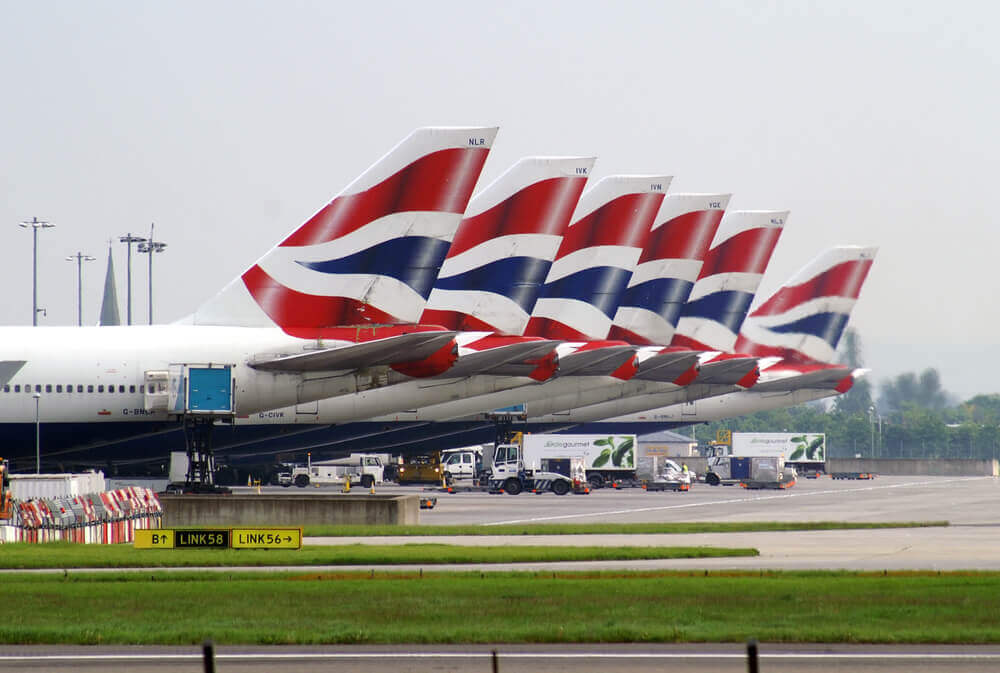
International Airlines Group Slashes Prospects For Capacity Growth
Recently, British Airways’ owner IAG announced it cut its forecast for capacity growth for the next three years. The cut comes as the airline industry eyes shaky demand from global economies.
The airline group, which also owns Iberia, Aer Lingus, and Vueling, stated on Friday it is expecting available seat kilometers.
Moreover, the industry measure of passenger capacity should grow 3.4 percent a year. The development should be between 2020 and 2022, down from a previous forecast of 6 percent growth a year for the 2019 to 2023 period.
The cut in capacity growth headed to IAG is also reducing forecast. The reduction resulted in the increase in earnings per share to 10 percent a year. This is lower than prior estimates of 12 percent a year.
It happened as airline groups across Europe scaled back their expansion for next year in a bid to avoid ticket prices plunging in the face of weaker demand.
In October, EasyJet announced it was anticipating capacity growth in 2020 to be at the lower end of its historic range.
Yearly Report On Capacity Growth
The firm’s year-on-year capacity growth for the first quarter was 2 percent, and its annual report of capacity growth is likely to be around 3 percent.
Last week, IAG reported a decline in profits on the back of the first pilots’ strike in BA’s history.
In the three months to the end of September, the airline company posted a 7-percent plunge. The decline affected the operating profit to €1.43bn.
The decline was after the industrial action at BA last month. It has escalated into one of the most pressing challenges it has faced.
At the time, IAG’s chief executive, Willie Walsh, cautioned that he has been expecting this year’s diminishing economic conditions to continue into 2020.
The scale back in growth happens as IAG is scheduling to update investors on its strategic plans. It will happen at its capital markets day in London.
In addition, it has made no changes to the company’s return on invested capital target. The goal is 15 percent of its operating profit margin of 12 to 15 percent.
Meanwhile, shares declined just over 1 percent in early trading.




